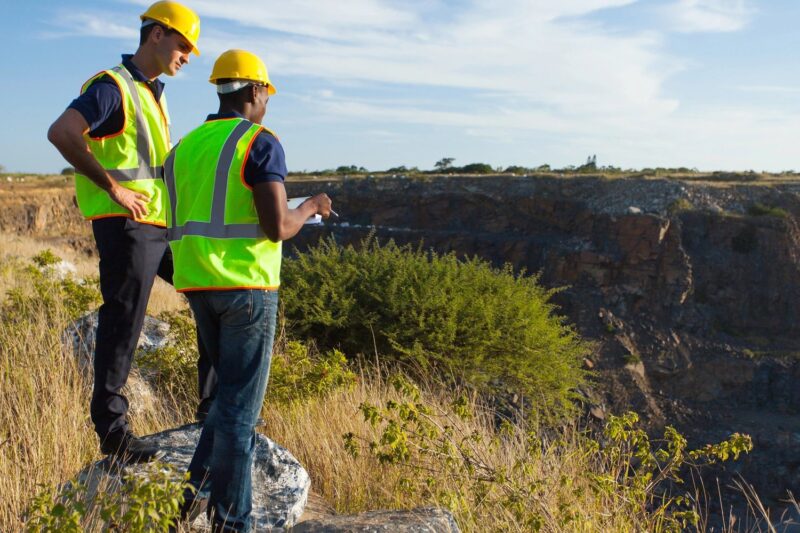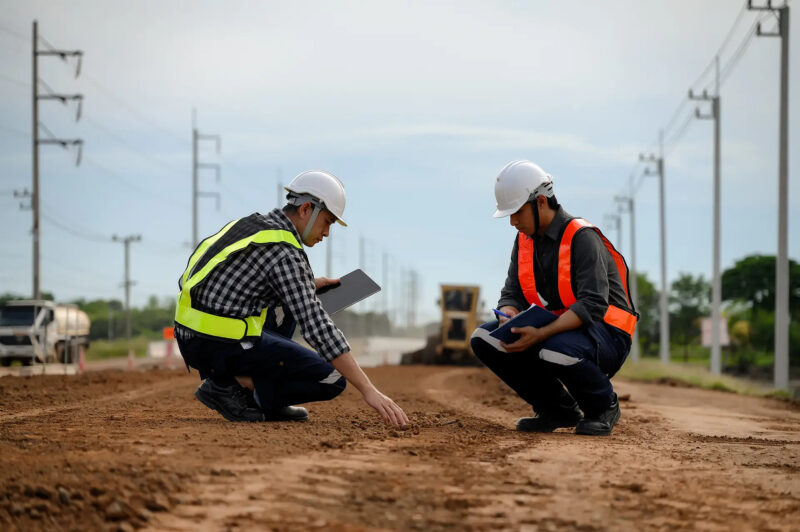
Introduction
In recent years, climate change has emerged as a critical factor influencing how environmental risks are evaluated in California. The state’s diverse geography—ranging from coastal plains to arid valleys—makes it particularly vulnerable to a range of climate-related threats, including rising sea levels, droughts, wildfires, and extreme weather events. These evolving environmental conditions are reshaping the way professionals approach Phase I Environmental Site Assessments (ESAs). To understand the broader implications of climate variability on site evaluations, it is essential to learn more about how climate change interacts with traditional environmental risk assessment frameworks.
Understanding the Phase I Environmental Site Assessment Framework
A Phase I Environmental Site Assessment is a standard process aimed at identifying potential or existing environmental contamination issues connected to a property. Conducted under the ASTM E1527-21 standard, this assessment typically involves a review of historical records, a site inspection, and interviews with current and past property owners or occupants.
In California, the findings of Phase I ESAs carry particular weight due to the state’s stringent environmental laws, which are overseen by agencies such as the California Environmental Protection Agency (CalEPA), the Department of Toxic Substances Control (DTSC), and the State Water Resources Control Board (SWRCB). While the main goal of a Phase I ESA is to identify Recognized Environmental Conditions (RECs), the growing impact of climate change has added new factors to risk evaluation that go beyond traditional contamination issues.
Rising Sea Levels and Coastal Vulnerabilities
Coastal California faces one of the most visible effects of climate change, sea level rise. Coastal erosion, saltwater intrusion, and flooding threaten both natural ecosystems and constructed environments. Properties near the Pacific coastline increasingly face tidal flooding, which can worsen the spread of contaminants from past industrial activities.
Environmental professionals are now including coastal resilience data in Phase I ESAs. They examine whether rising groundwater levels might move existing contaminants or affect underground storage tanks. Looking at historical flood maps is no longer enough; future projections have become an essential part of environmental due diligence in coastal areas like San Francisco Bay, Los Angeles, and San Diego.
Wildfires and Post-Fire Environmental Risks
Wildfires are occurring more often and with greater intensity across California, changing the environmental risk landscape for both urban and rural areas. Burned vegetation and debris can increase runoff, soil erosion, and contamination of nearby water sources. Furthermore, sites previously deemed low-risk may now face new dangers from airborne pollutants or ash deposits that contain heavy metals and other harmful substances.
Phase I ESA practitioners are now required to consider recent wildfire activity and its effects when assessing a property. For example, post-fire evaluations often look at whether chemical residues from fire suppression agents or burned structures have contributed to soil or groundwater contamination.

Droughts, Groundwater Stress, and Contaminant Migration
Extended periods of drought, another result of California’s changing climate, present unique challenges for environmental assessments. Reduced groundwater recharge changes the natural flow and dilution of contaminants. In agricultural areas, falling water tables can lead to higher concentrations of pollutants, especially from pesticides and fertilizers.
Environmental risk evaluators are changing their methods to include hydrological modeling and water scarcity data to better predict long-term contamination risks. As climate change continues to impact California’s water systems, drought-related issues are increasingly part of the environmental due diligence process.
Extreme Weather Events and Infrastructure Resilience
Extreme weather events caused by climate change, such as heavy rainfall and flooding, are testing California’s infrastructure resilience. These events can damage containment systems at industrial sites and cause spills or leaks. For Phase I ESA practitioners, assessing the integrity of storm water systems, drainage pathways, and floodplain management has become crucial.
The assessment process now often includes reviewing the site’s vulnerability to extreme weather patterns by using updated climate data and local hazard mitigation plans. This helps ensure that stakeholders have a clearer understanding of future risks linked to changing climate conditions.
Conclusion
The increasing intensity of climate change impacts in California underscores the need for adaptive environmental assessment practices. Incorporating climate data into Phase I ESAs enhances their accuracy and long-term relevance, ensuring that potential liabilities are identified not only based on historical conditions but also on emerging environmental realities. As California continues to experience rapid climatic shifts, professionals, regulators, and property stakeholders must refine their approach to environmental due diligence to safeguard public health and investment integrity. To learn more about how climate considerations are transforming environmental risk assessments, continuous engagement with updated research, regulatory guidance, and professional standards remains essential.
